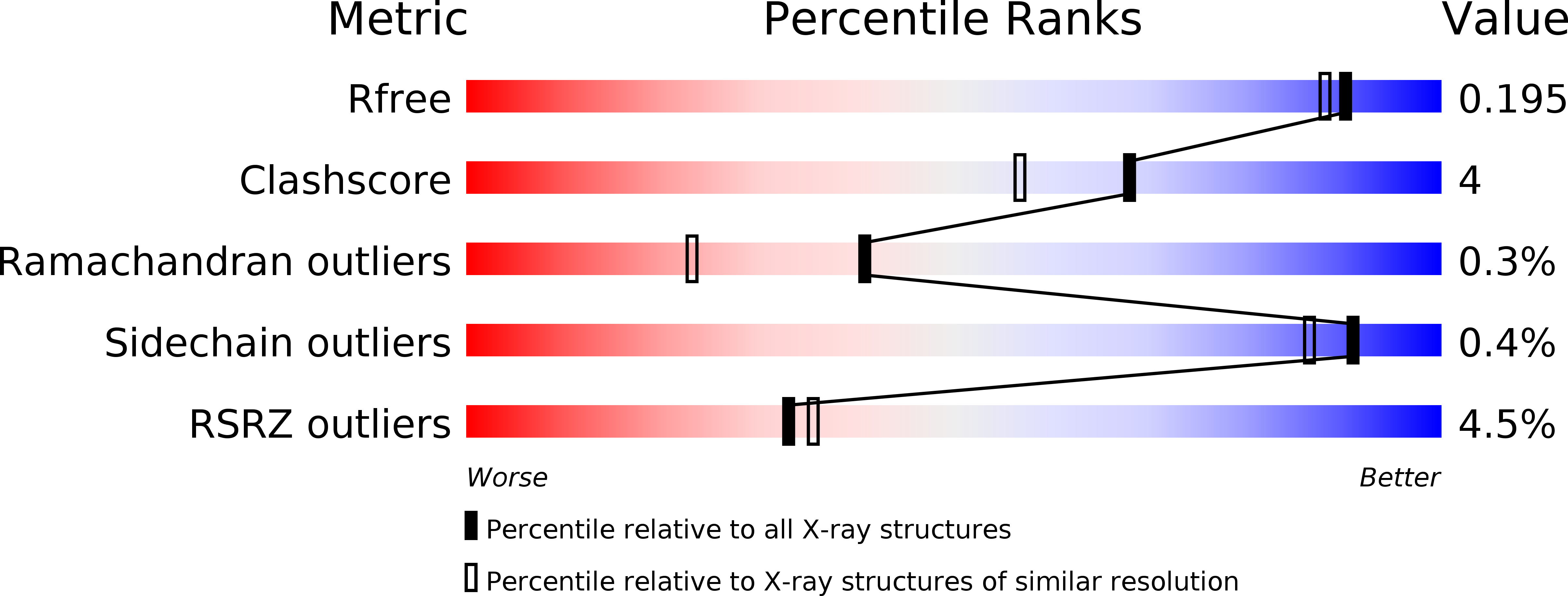
Deposition Date
2017-09-22
Release Date
2018-09-26
Last Version Date
2024-10-23
Entry Detail
PDB ID:
5YGG
Keywords:
Title:
Crystal structure of Fructokinase Double-Mutant (T261C-H108C) from Vibrio cholerae O395 in fructose, ADP and potassium ion bound form
Biological Source:
Source Organism:
Host Organism:
Method Details:
Experimental Method:
Resolution:
1.67 Å
R-Value Free:
0.19
R-Value Work:
0.16
R-Value Observed:
0.16
Space Group:
P 2 21 21


